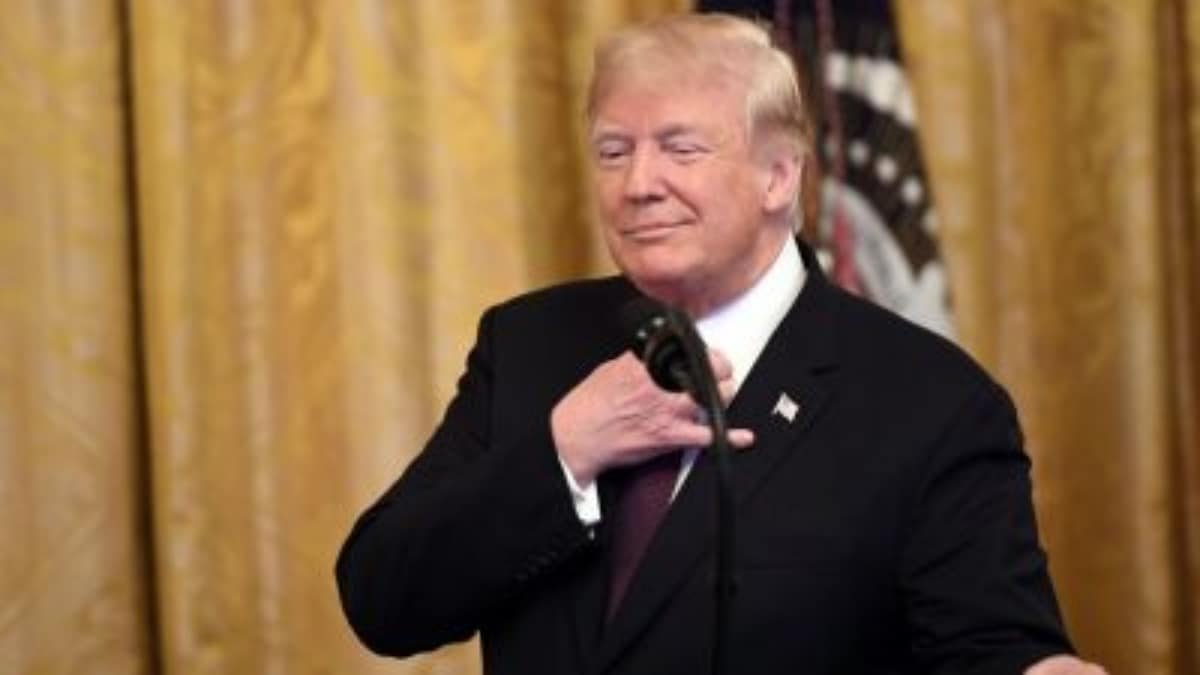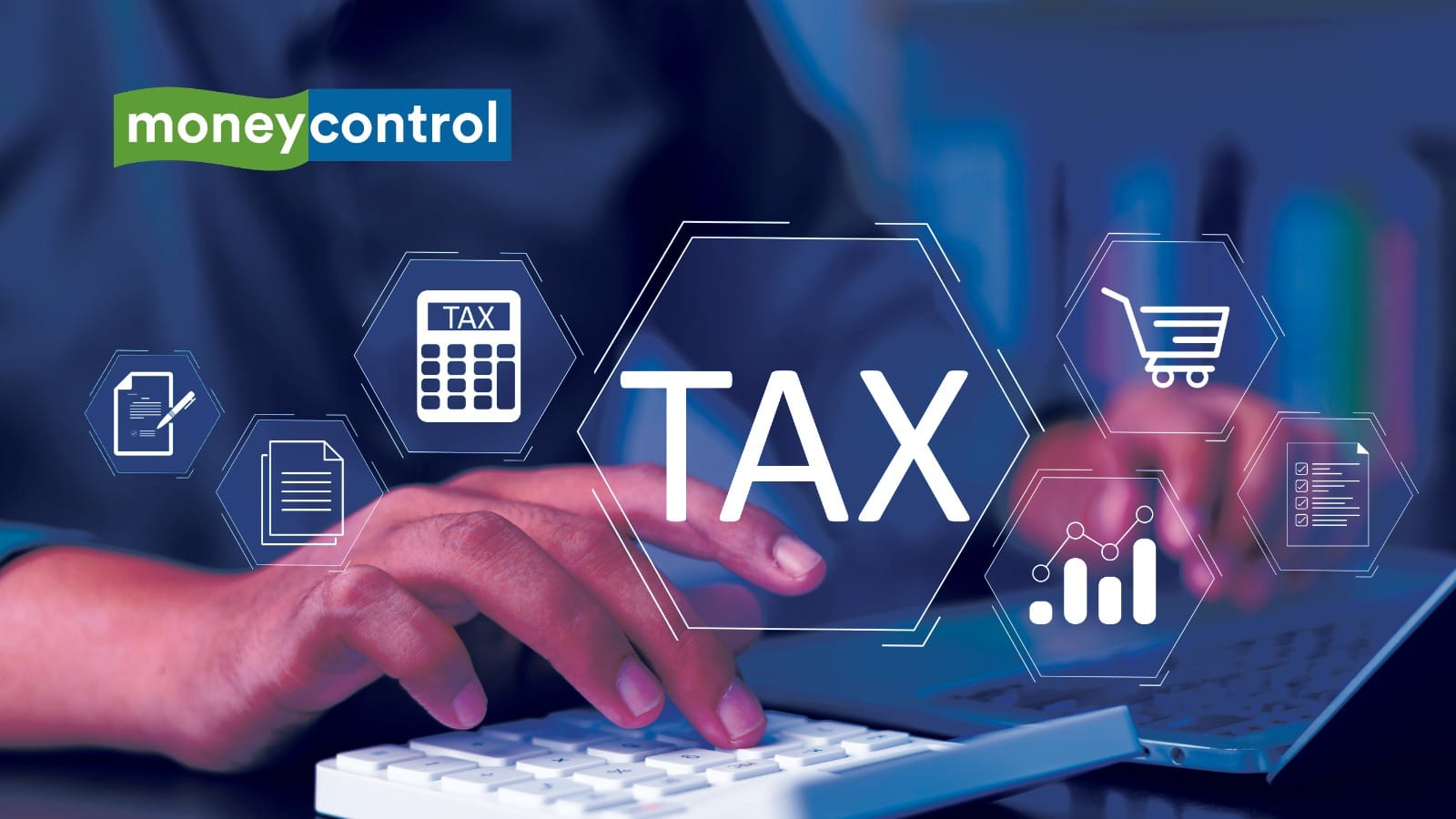
Donald Trump’s return to the presidency has sent shockwaves across the world and has reignited global debates on how best to manage his unpredictable and often disruptive leadership style. Known for his unconventional approach, Trump 2.0 presents unique and unprecedented challenges to the global order.
While his approach is often labelled as unpredictable and chaotic, a deeper analysis reveals that his actions are guided by a blend of psychological strategies, geo-economic priorities, and structural constraints. Successfully dealing with him requires a nuanced understanding of Trump’s behaviour, motivations, and the systems within which he operates. The Psychology of Trump’s Leadership Donald Trump has deliberately built a reputation of unpredictability, which he frequently uses as a strategic tool for possible negotiations.

This “madman” character creates a sense of insecurity in the minds of his opponents and increases their vulnerability. This strategy keeps both his allies and rivals guessing, creating an element of surprise. By playing mind games and unsettling his counterparts, Trump positions himself favourably, frequently extracting concessions that would otherwise be impossible.
These psychological tactics necessitate that countries of the world need to have a better understanding of his behavioural tendencies. While unpredictability is a trademark of his leadership, it is not without pattern. Over time, even the most erratic behaviour becomes predictable, providing an opportunity for governments to pursue their strategic objectives.
Trump’s leadership is also marked by certain vulnerabilities. His narcissistic need for public adulation, loyalty, and grand displays makes him susceptible to flattery and symbolic gestures. These types of leadership are also highly vulnerable as they have greater limitations and can be exploited easily.
These types of psychological limitations can be strategically leveraged for extracting strategic benefits by appealing to his personalities and by making some concessions. China, being a pragmatic country, will definitely try to play mind games, and by making some deal or other concessions, it can extract huge strategic benefits. Similarly, other nations could combine psychological insight with calculated concessions to influence his decisions.
Geo-Economic and Geo-Strategic Motivations Despite the appearance of unpredictability and disruptive character, Trump’s actions are often rooted in clear geo-economic and geostrategic priorities. His controversial proposals—such as acquiring Greenland or asserting greater control over the Panama Canal—are driven by concerns about trade imbalances, Chinese influence, and strategic dominance. For example, Trump’s criticism of Canada stems from his dissatisfaction with trade agreements he perceives as unfavourable to the US.
His focus on the Panama Canal reflects concerns about China’s expanding strategic penetration in Latin America. Similarly, his interest in Greenland underscores his mercantilist approach and the Arctic’s strategic importance in countering Russian and Chinese ambitions. These actions demonstrate that behind Trump’s theatrics lies a consistent focus on advancing America’s economic and strategic interests.
Domestic and Structural Constraints While Trump’s leadership style appears to be unilateral, he operates within domestic and structural constraints. Recently, he faced backlash for his decision to end birthright citizenship in the US, as 22 states have filed lawsuits against him, challenging his controversial decision. The US Congress, judiciary, and bureaucratic institutions act as guardrails, preventing radical deviations from long-term national interests.
Similarly, his tariff measures, while intended to defend American companies, will shoot up inflation in the US and will prove counterproductive. Similarly, he had announced that after he takes office, he would immediately end the Russia-Ukraine war; he now acknowledges it could take more than 100 days, reflecting the fact that he can’t annoy the West European countries and has to factor their security interests as well. Even in his own cabinet team this time, although he has chosen loyalists, there will be constraints on his decisions.
The “Musk factor” is there, and his own team, National Security Advisor Michael Waltz and Secretary of State Marco Rubio, are China Hawks. Besides, there is the US deep state with its long-term interests. He can override them, but he can’t totally ignore them, as they will definitely influence his decisions.
Looking at the world only through tariffs and economic deals will not help, as there will be consequences for every decision he takes, and he has to carefully weigh those consequences. These dynamics highlight the limitations Trump faces; he operates within a complex system where absolute autonomy is not possible. Besides today, countries are better prepared to deal with him, as they have the experiences of his first term, as most countries have been planning for how to handle him.
That also acts as a limitation on his power of decision-making. India’s Unique Position and Strategic Alignment While there will be challenges in India-US relations under Trump 2.0 on certain issues.
However, India occupies a distinct place in its relationship with the US under Trump. Unlike traditional allies tied to NATO-like security frameworks, India’s commitment to strategic autonomy aligns well with Trump’s preference for burden-sharing among allies. This flexibility makes India a valuable partner in the Indo-Pacific, where both countries share an interest in countering China.
During Trump’s first term, India navigated his leadership effectively. Prime Minister Narendra Modi’s pragmatic approach played a crucial role in strengthening India-US ties. High-profile events like the “Howdy Modi” rally and “Namaste Trump” event in Ahmedabad appealed to Trump’s narcissistic tendencies, reinforcing bilateral cooperation.
Foundational defence agreements, such as COMCASA 2018, the industrial security annex 2019, and BECA 2020, were signed, and the Quad was revitalised. These developments underscored India’s ability to engage strategically with Trump while safeguarding its own interests. Notably, Trump refrained from commenting on the Delhi riots during his visit in February 2020, despite the controversy surrounding the Citizenship Amendment Act (CAA).
This silence underscored the strategic prioritisation of US-India ties over domestic issues. Trump also granted India Strategic Trade Authorisation (STA-1) status, allowing license-free access to high-end US technologies, further bolstering the defence and technology partnership. In fact, there was greater regional security cooperation between the two countries during Trump’s first term in the South Asia region because of his hard stance on Pakistan.
He repeatedly said that “Pakistan has given nothing to the US but lies and deceit, and the terrorists we hunt in Afghanistan are finding safe havens in Pakistan”. It was during his presidency that India was able to revoke Article 370 from J&K in 2019, and there was no pressure from the US. Unlike the Biden administration, there was greater strategic alignment between the two countries on various regional issues in South Asia, let alone the Indo-Pacific region, where there was already substantial strategic convergence.
The “Westward divergence principle” commonly associated with this relationship was absent to a larger extent, underscoring greater regional cooperation. Moreover, in one of the interviews, Trump praised Modi’s strong leadership qualities, particularly highlighting his firm stance on Pakistan. This mutual respect between the two leaders created a conducive environment for deepening bilateral relations.
Thus, Modi’s pragmatic approach and ability to align with Trump’s psychological tendencies were instrumental in advancing India-U.S. ties during Trump’s first term.
Engaging with Trump 2.0 As Trump has assumed the US presidency, countries must adapt their strategies to address his disruptive challenges. Trump’s vulnerabilities, such as his need for adulation and public approval, can be strategically exploited.
Flattery, grand gestures, and public displays of support can yield favourable outcomes. However, these must be carefully calibrated to avoid overcommitment. If Trump can play mind games, he too has his own limitations and can be exploited, and shrewd diplomatic leaders can successfully checkmate him.
Offering symbolic or low-cost concessions can placate Trump while advancing broader strategic objectives. For instance, recently New Delhi has decided that it will repatriate 18,000 illegal Indian immigrants from the US, demonstrating goodwill without compromising national interests. Despite his unpredictability, Trump’s behaviour follows certain patterns.
Many countries can use a market strategy model (agile strategy) and invest in scenario planning to anticipate his moves and develop flexible policies that can adapt to sudden changes. Knee-jerk reactions to Trump’s provocations can escalate tensions unnecessarily. Instead, open, direct, and mature communication should be maintained to minimise misunderstandings.
Nations should also engage with other US partners and key allies and intensify engagement with US Congress by various means, including strong lobbying, and build a unified approach. Furthermore, public confrontation should be avoided unless necessary, as it may embolden or provoke Trump. Backchannel diplomacy can be effective in conveying messages without causing a public spectacle.
And most importantly, countries must focus on strengthening their own economy, military, and diplomacy to reduce vulnerabilities. A strong economy, a robust military, and effective diplomacy serve as buffers against external unpredictability and disruption. Conclusion Trump’s second term as president presents a unique blend of challenges and opportunities.
While his leadership style may appear erratic, it is underpinned by consistent geo-economic and geostrategic motivations. By understanding his psychological tendencies, recognising patterns in his behaviour, and leveraging institutional constraints, nations can effectively navigate this new era of geopolitical disruption. For countries like India, which prioritise strategic autonomy, Trump’s presidency offers both risks and opportunities.
With careful planning, measured diplomacy, and strategic foresight, nations can not only manage Trump’s unpredictability but also use it to advance their own objectives. As the world adjusts to Trump 2.0, the importance of balancing psychological insight with pragmatic diplomacy cannot be overstated.
Imran Khurshid is a visiting research fellow at the International Centre for Peace Studies, New Delhi. Views expressed in the above piece are personal and solely those of the author. They do not necessarily reflect Firstpost’s views.
.















